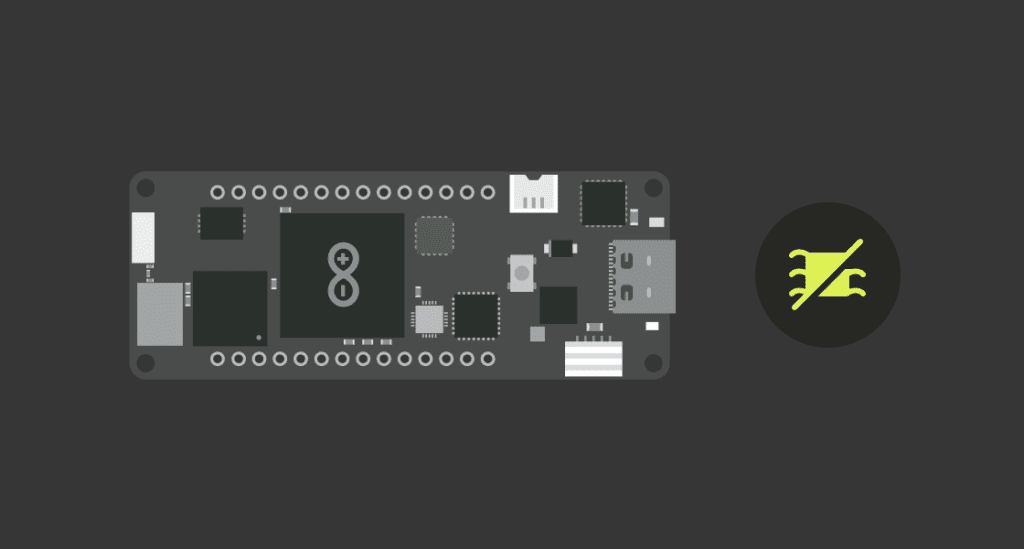Schlagwort: Portenta Debugger
-

Enhance your Arduino development with fast and easy debugging from Segger
Reading Time: 3 minutesEnhance your Arduino development with fast and easy debugging from Segger Arduino Team — August 12th, 2021 Arduino has partnered with Segger to further support developers in creating their own embedded systems, implementing compatibility of Segger debugging solutions with Portenta boards. Debuggers are the scalpel that allows a developer to dissect any…
-

FREE advanced debugger for Portenta H7
Reading Time: 3 minutesWe are happy to announce a new partnership with Lauterbach to provide all Portenta H7 customers with the TRACE32 debugger for free. Lauterbach’s TRACE32 debugger has been at the forefront of debug technology for more than four decades, and it is this wealth of experience and expertise that Lauterbach will draw on for…

